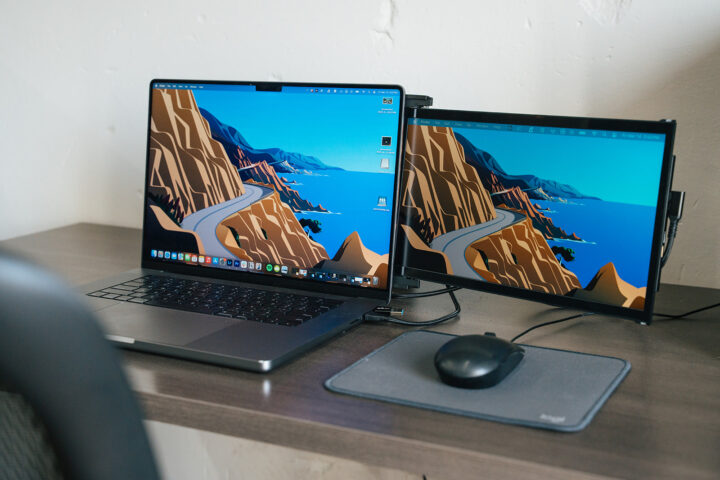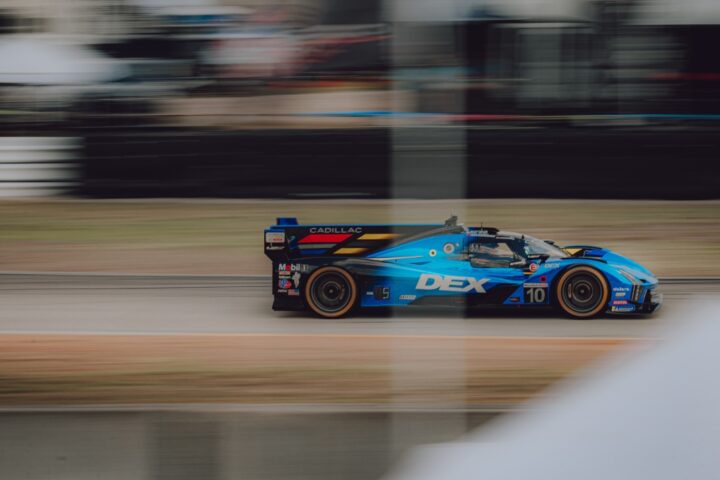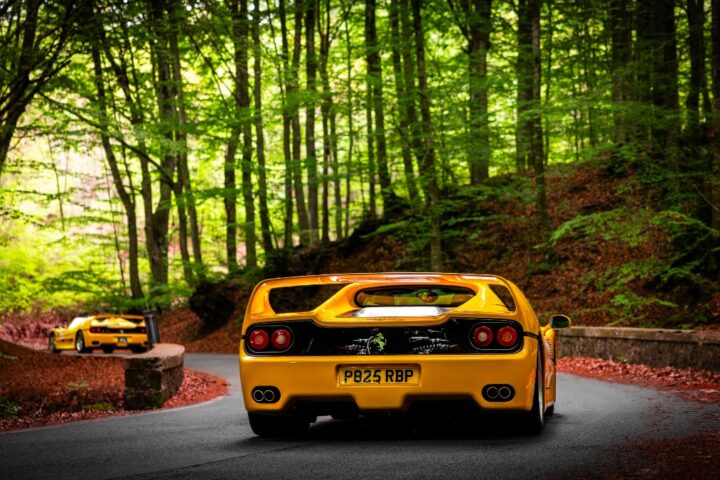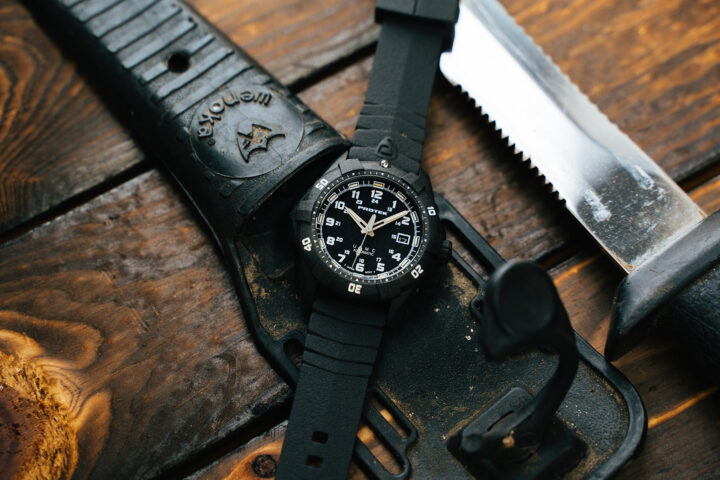by Michael Satterfield – 06/26/2022
Wandering around Granada Nicaragua with a hand-me-down Minolta X-370 in 1999, was one of my first trips overseas and the adventure that really cemented my love for travel and exploration. I was there working with the Harvest Initiative to build a school in the capital city of Managua, but on our last day, we headed to the colonial heart of the country, Granada.
Granada is the oldest colonial city in the Americas, founded in 1524 by Francisco Hernández de Córdoba, for whom Nicaragua’s currency the Córdoba is named. The city was named after the city of Granada in Spain, which had been captured by King Ferdinand II and Queen Isabella I during the Reconquista period. The city would endure attacks by English, French, and Dutch pirates over the years, who would sail up the San Juan River into Lake Nicaragua.
In 1855, an American Filibuster named William Walker landed in Nicaragua to support the Liberal Party government in their civil war against the Legitimist Party with sixty men. Walker and his men supported by the Liberals would conquer Granda in just five months. Walker effectively was the ruler of Nicaragua through provisional president Patricio Rivas and the US Government recognized the regime and the legitimate rulers of Nicaragua. Walker repealed Nicaragua’s anti-slavery laws to appeal to the Southern States for support, but his actions against business interests and his hostile actions towards the neighboring countries in Central America meant Walker’s days were numbered. After declaring himself president and starting wars with Costa Rica, Honduras, El Salvador, and Guatemala, the four allies along with the Nicaraguan resistance surrounded Granada. Walker would have Granda burned to the ground as his men retreated to instill what he called “a salutary dread of American justice.”
Walker would return to the US where his story was sold to the public as a grand adventure, instead of the terrible tragedy that it was. Walker would return to Central America at the behest of a group of British colonists, but he would be captured by the Royal Navy who turned him over to the government of Honduras as a token of goodwill. He was put on trial for his actions and sentenced to death by firing squad.
Today, Granda is home to beautiful colonial-style buildings, cobblestone streets, and horsedrawn carriages serve as taxis, the city is considered by many to be the cultural and artistic capital of Nicaragua. Home to many ex-pats, the city has developed an international food culture that is unrivaled in Central America and the charming city is home to dozens of festivals and artisans offering everything from hand-rolled cigars to local pottery.
Enjoy these photos from a 17-year-old me, exploring a new city for the first time.
I have been making an effort to scan more photos from my pre-digital photography days. Be sure to check out my film photos from my European road trip HERE.
Post Views: 173



































